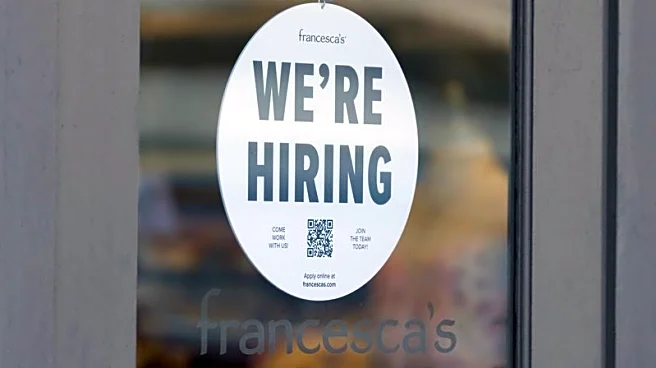What is the story about?
What's Happening?
A recent report by Firstup highlights the negative effects of reducing middle management positions on workplace communication, productivity, and employee experience. The report, based on a survey of 1,000 U.S. full-time non-managerial employees, reveals that front-line workers heavily rely on direct managers for company information, support, and career guidance. However, layoffs have stretched managers thin, making them less accessible. This has led to a decline in employee engagement and a gap in communication between senior leaders and the workforce.
Why It's Important?
The reduction in middle management poses significant challenges for organizations aiming to maintain productivity and employee satisfaction. Managers play a crucial role in translating organizational priorities into actionable tasks and providing support to employees. The absence of adequate managerial support can lead to decreased morale, reduced performance, and a lack of career development opportunities. Companies may face increased turnover rates and difficulty in achieving strategic goals if these issues are not addressed.
What's Next?
Organizations may need to reassess their management structures and consider strategies to fill the gaps left by reduced middle management. This could involve investing in leadership development programs, enhancing communication channels, and fostering a more inclusive and supportive work environment. Companies might also explore alternative management models that distribute leadership responsibilities more evenly across teams. The response from senior leaders will be critical in addressing these challenges and ensuring long-term organizational success.
Beyond the Headlines
The trend of reducing middle management reflects broader shifts towards leaner organizational models and cost-cutting measures. However, it also raises questions about the sustainability of such approaches and their impact on employee well-being. The reliance on technology and remote work solutions may offer some relief, but they cannot fully replace the human element that managers provide. This situation underscores the need for a balanced approach that considers both efficiency and employee engagement.
AI Generated Content
Do you find this article useful?
















